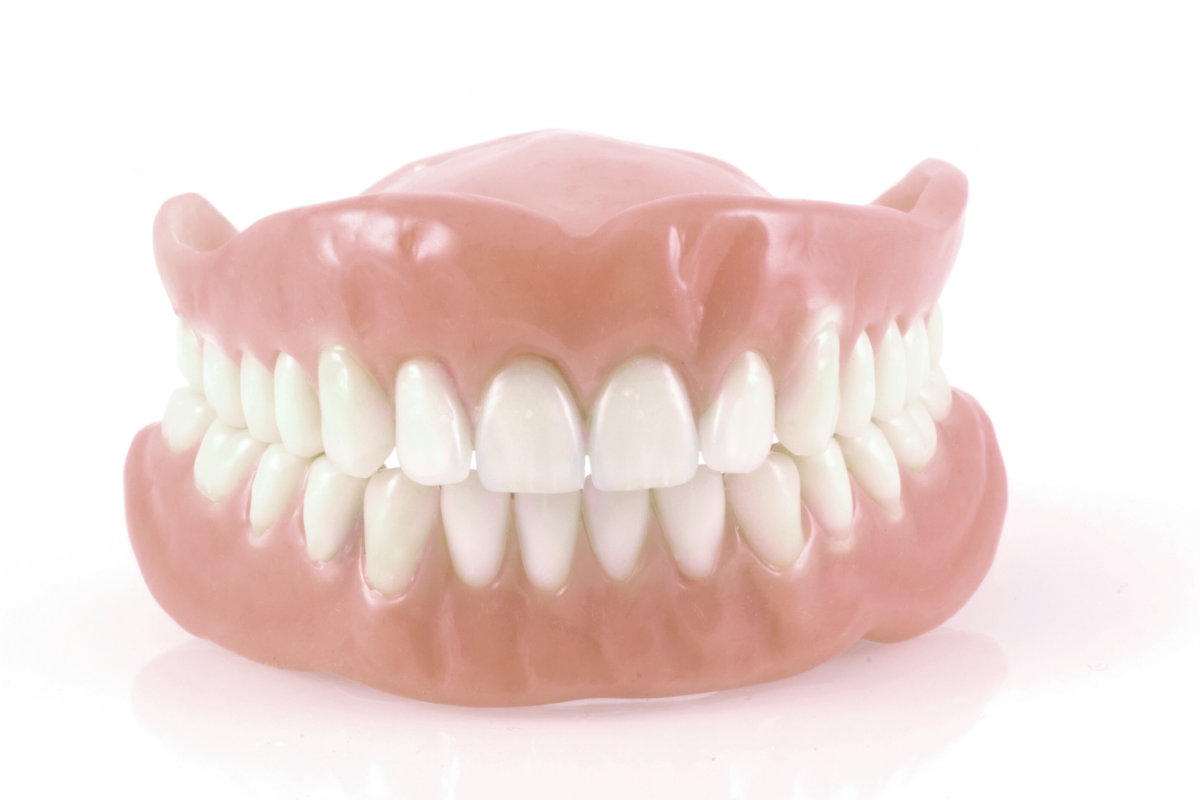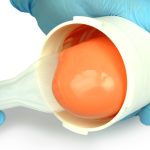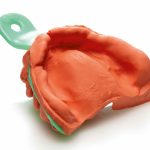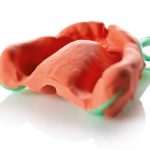
Despite improving general health conditions for the population, owing to both greater patient information and also to medical progress, the extension in the average life of the population makes it compulsory to know everything there is to know about the processes that occur in edentulous areas and to be able to rehabilitate them in the most appropriate way.
Indeed, edentulism is a very common clinical situation whose etiology stems from certain main problems:
- Tooth decay: in industrial Countries, the population is clearly divided into individuals who are at high or low risk of tooth decay; the sub-group at high risk even manages to risk having 12 new caries lesions a year.
- Previous dental treatment: secondary caries constitutes the main cause of failure of prosthetic rehabilitation in adults, often with the loss of the dental elements involved.
- Periodontal disease: the rate increases significantly after the age of forty, to become a significant cause of loss of dental elements in adults. In the adult Italian population, the rate reaches 70%.
- General conditions of health: worsening conditions of health due to ageing, as well as the presence of specific systemic diseases can be associated with the risk of edentulism in adults.
Classification of edentulous jaws
In edentulous areas, depending on the type (single, multiple, total) and on the edentulism time, the result is bone resorption to various degrees, which have been classified effectively and clearly by Cawood and Howell [: Cawood, J.I. & Howell, R.A. (1988) A classification of the edentulous jaws. International Journal of Oral and Maxillofacial Surgery. Aug;17(4):232–6.].
According to this classification the alveolar ridge:
- Class I: presents dental elements
- Class II: presents post-extraction alveoli
- Class II: is well-rounded, adequate in height and width
- Class IV: has a knife-edge form, adequate in height but inadequate in width
- Class V: ridge is flat, inadequate in height and width
- Class VI (mandibular only): the ridge presents the disappearance of the alveolar process, depressed in form with some resorption evident
Depending on the level of resorption, on the patient’s general conditions and requirements, different treatment can be envisaged, ranging from a removable prosthesis to one on implants.
Relining typologies
In any prosthesis with mucous, or dental-mucous support, rehabilitation must follow the changes in the bone ridge; remodelling is therefore balanced by the relining of the prosthesis which takes place using acrylic resins. Resins can be classified according to the agent capable of triggering the polymerization process. Depending on the type of work required and on the material used, relining can be:
- Soft: in the presence of inflammations, areas that are still healing or infected. This type has a short duration.
- Performed in the practice by the clinical worker: using a cold self-curing resin, the base of the removable prosthesis is relined.
- Performed in a dental surgery laboratory: based on an impression taken by the orthodontist, the technician performs relining.
Do you want more information on Zhermack Dental products and solutions?
Contact us




 Zhermack SpA has been one of the most important producers and international distributors of alginates, gypsums and silicone compounds for the dental sector for over 40 years. It has also developed solutions for the industrial and wellbeing sectors.
Zhermack SpA - Via Bovazecchino, 100 - 45021 Badia Polesine (RO), Italy.
Zhermack SpA has been one of the most important producers and international distributors of alginates, gypsums and silicone compounds for the dental sector for over 40 years. It has also developed solutions for the industrial and wellbeing sectors.
Zhermack SpA - Via Bovazecchino, 100 - 45021 Badia Polesine (RO), Italy.


